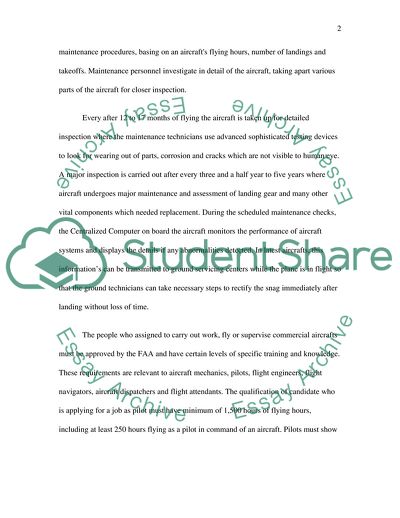Cite this document
(Airline Maintenance Program in the United States Literature review, n.d.)
Airline Maintenance Program in the United States Literature review. https://studentshare.org/systems-science/1707626-airline-maintenance-program
Airline Maintenance Program in the United States Literature review. https://studentshare.org/systems-science/1707626-airline-maintenance-program
(Airline Maintenance Program in the United States Literature Review)
Airline Maintenance Program in the United States Literature Review. https://studentshare.org/systems-science/1707626-airline-maintenance-program.
Airline Maintenance Program in the United States Literature Review. https://studentshare.org/systems-science/1707626-airline-maintenance-program.
“Airline Maintenance Program in the United States Literature Review”. https://studentshare.org/systems-science/1707626-airline-maintenance-program.


